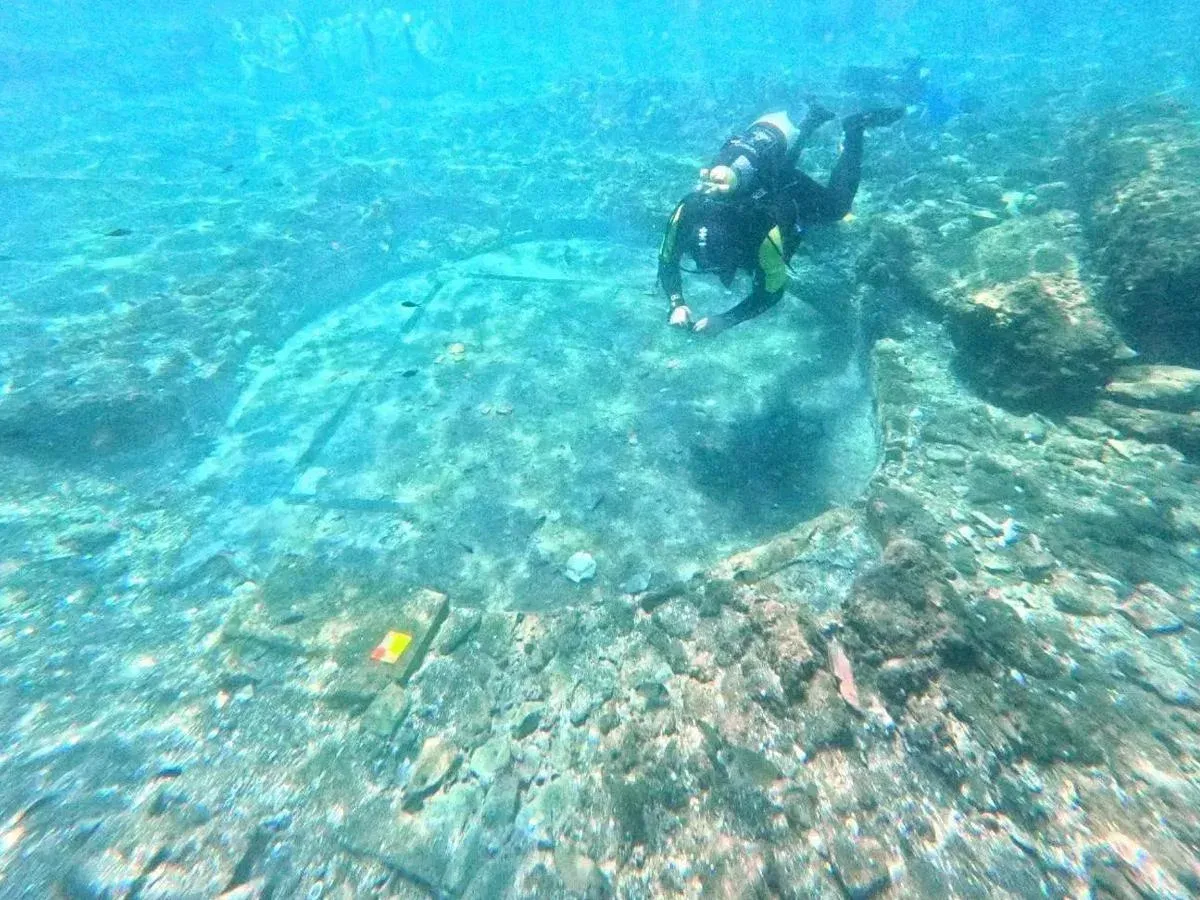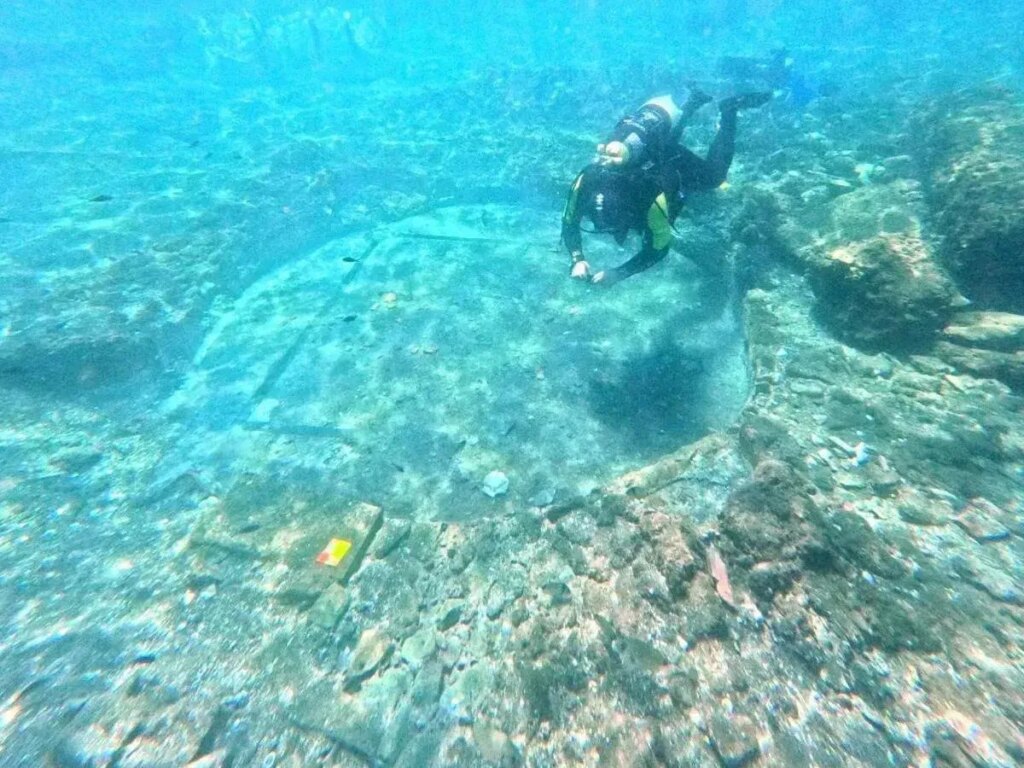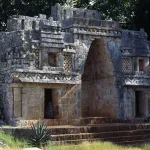
Archaeologists have discovered a well-preserved Roman bathhouse in the underwater ruins of Baiae, a resort getaway that was once part of the Roman Empire. Those ruins may be host to the first-known physical evidence of Roman orator, statesman, and philosopher Marcus Tullius Cicero’s renown villa, according to Heritage Daily.
Located along the northwestern shore of the Gulf of Naples, Baiae became popular with the Roman elite—including the likes of Livy, Marius, Lucullus, Julius Caesar, and Augustus—for healing properties associated with its sulfur springs. Characterized by Roman poet Sextus Propertius as both a “vortex of luxury” and a “harbor of vice,” the city also drew such emperors as Nero and Hadrian, who died at his villa in Baiae in 138 CE.
Ultimately, the city’s geological instability saw it slip below the ocean’s surface, due to a phenomenon known as volcanic bradyseism, between the 16th and 18th centuries.
A mere ten feet below the water, the bathhouse includes an intact mosaic floor supported underneath by small brick pillars. This would have been part of an advanced Roman heating system known as a suspensura, wherein hot air flows beneath the floor and through hollow wall tiles, or tubuli, to create a sauna-like space called a laconicum. This type of system is in keeping with elite Roman bath complexes.
The spaces would have been lavishly decorated, as indicated by traces of ancient wall paintings. The team is currently examining ceramic fragments from the site in an effort to learn more information about the bathhouse.
Classical sources suggest that Cicero had a villa in Baiae. Archaeologists have not yet confirmed whether this thermal bath complex was a part of that villa.
This fall, the laconicum in the bathhouse will undergo restoration, including cleaning the mosaic floor and conserving the remaining wall paintings. Archaeologists have been working at the site since it was first discovered in 2023.


